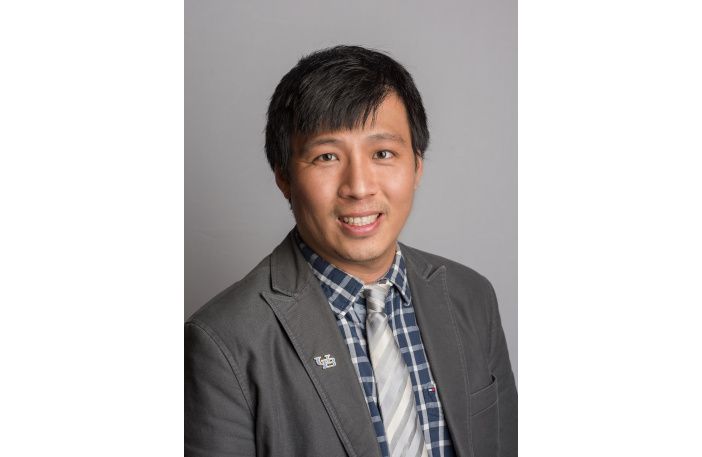by James Chen, assistant professor, University at Buffalo, the State University of New York
There is more research into supersonic and hypersonic flight happening now than ever before. It is being driven by industry demand to develop a supersonic passenger jet. Everyone wants to fly faster.
To a certain extent, supersonic aircraft are still developed through trial and error. Researchers use wind tunnels and direct numerical simulations to replicate flight conditions and solve turbulence problems. If we want to reliably fly passengers at supersonic and hypersonic speeds we need to increase our understanding of airflow at these speeds. Computer simulations have a key role to play in achieving this.
However, the existing Navier Stokes equations used to work out air flow at supersonic and hypersonic speeds are inadequate and result in inaccuracies. My research is improving the accuracy of high-speed aerodynamics both numerically and theoretically. It is using new theoretical approaches and taking advantage of the power of high-performance computers (HPCs). The work will enable aerospace engineers to design the next generation of supersonic and hypersonic aircraft more efficiently and will help silence sonic booms.
My background is as an engineering scientist and applied mathematician. I’ve worked in the field of continuum physics and partial differential equations, particularly fluid dynamics, for eight years. When initially considering supersonic and hypersonic flight, I soon realized the deficiencies of using Navier Stokes to solve turbulence problems and that we needed another way to work out the behavior of air flow at these speeds.
I went back to the classical Kinetic Theory, first developed by Austrian physicist Ludwig Boltzmann in the 19th century. This deals with the gas molecules, allowing us to look at the molecules in the atmosphere and use the Maxwell–Boltzmann-Curtiss distribution to devise another set of equations to more accurately simulate airflow at these speeds.
Once the approach had been developed, the first and most important task was to show it works. Theoretically and numerically we have achieved this, with several peer-reviewed papers published. We’ve proved out the equations and compared simulations to experimental data from supersonic wind tunnels. We’re confident that it is accurate.
Supercomputers are key to the research, they are our screwdrivers and spanners. We use several supercomputing centres across the US. The research team has access to around 200 cores, at the University at Buffalo and with the US Air Force. But there is an important role for wind tunnels in the future. You can only simulate things you know, but that might not be the full story. An experiment can tell you about the things that are missing. We have to validate until we get a stable and complete simulation. Simulations and wind tunnels need to co-exist.
The research will be used very soon by projects like Lockheed Martin and NASA’s QueSST. Engineering teams in those organizations are already doing reduced-model testing of their supersonic passenger jet and next year plan to have a full-sized model available. There are also several start-up companies that want to develop commercial jets. I will be very surprised if we don’t see the return of supersonic passenger aircraft to our skies.
It’s incredibly gratifying to see the research applied. It’s a long journey from equations to actual applications in the sky. The research is enabling better and more accurate simulations, speeding up the development and reducing the cost of supersonic aircraft.





